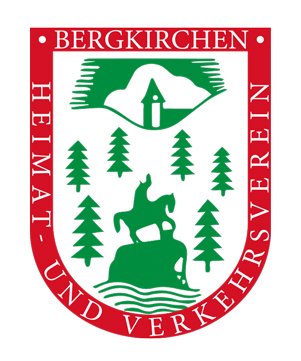Bergkirchen history
The place Bergkirchen is probably over 1200 years old. Although the settlement was first mentioned in documents in the 11th century, but recent research suggests that already in 799 on the occasion of the September trip of Pope Leo III. In Bergkirchen a wooden church was consecrated. At the church, which lies on the aforementioned pass road, a commercial and trading place on the mountain was created. In the 19th century the market was relocated to Wulferdingsen. Until 1843 Bergkirchen was the central place of the parish of the same name, to which Bergkirchen included the villages and peasants Wulferdingsen, Haddenhausen with Biemke, Oberlübbe, Rothenuffeln and Unterlübbe with Hilferdingsen, which lay on both sides of the Wiehengebirge. As part of the introduction of the rural community order for the province of Westphalia, the district Minden was divided in December 1843 in seven offices. At the same time, all places that had their own households for their communal needs were given the status of a (rural) community. The remaining places without community status, including Bergkirchen, were assigned to larger communities. Since then Bergkirchen belongs administratively to Wulferdingsen and Volmerdingsen. In 1898 Bergkirchen, albeit for a short time, was the center of attention of the public of the empire. The then German head of state, Kaiser Wilhelm II., Moved with his general staff in the later in Emperor pharmacy unnamed house of medicine of the place a viewing point as a "maneuver seat" for an emperor maneuver held in the area. With the territorial reform in 1973, the community Wulferdingsen was slammed together with Bergkirchen the city of Bad Oeynhausen. The Wiehengebirgsgemeinde required in the apron of the area reform of Bergkirchenern, which should include with mountain churches as central administrative place the villages of the historical Kirchspiels on both sides of the Wiehengebirge, could not be enforced.


